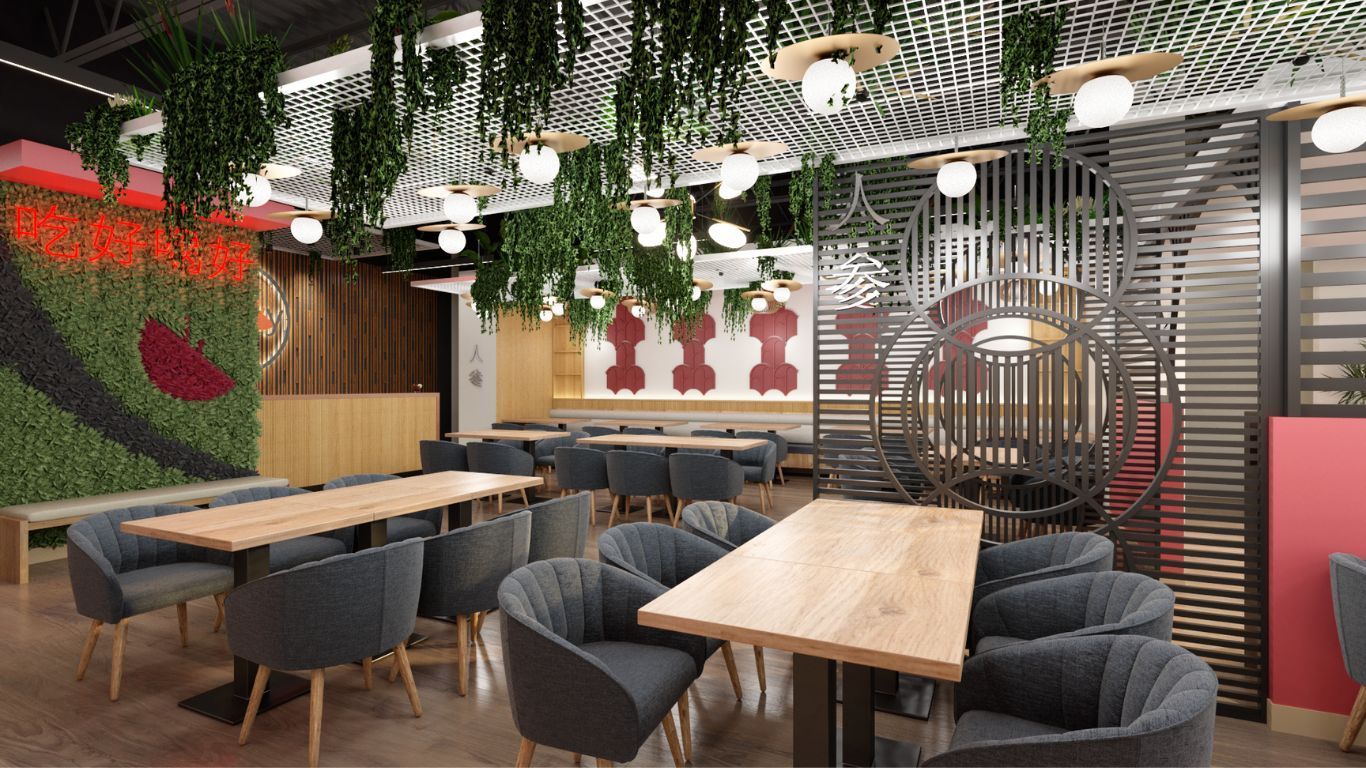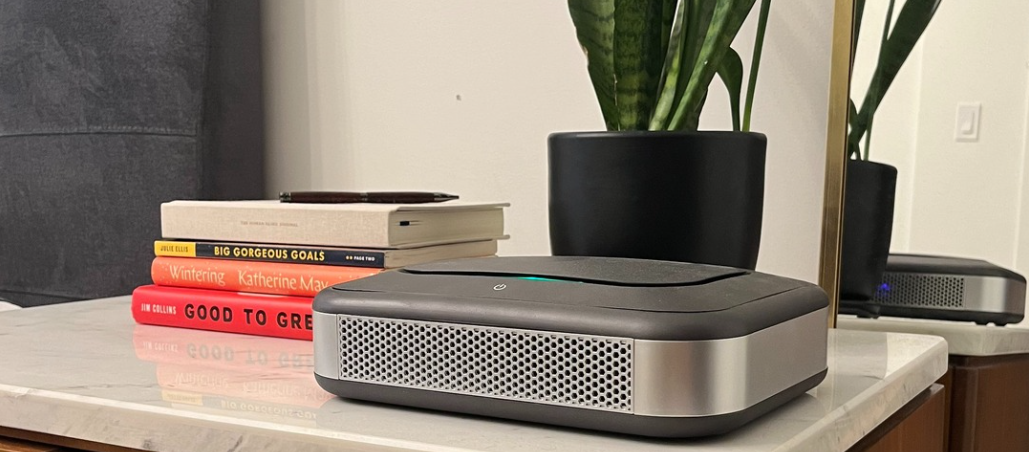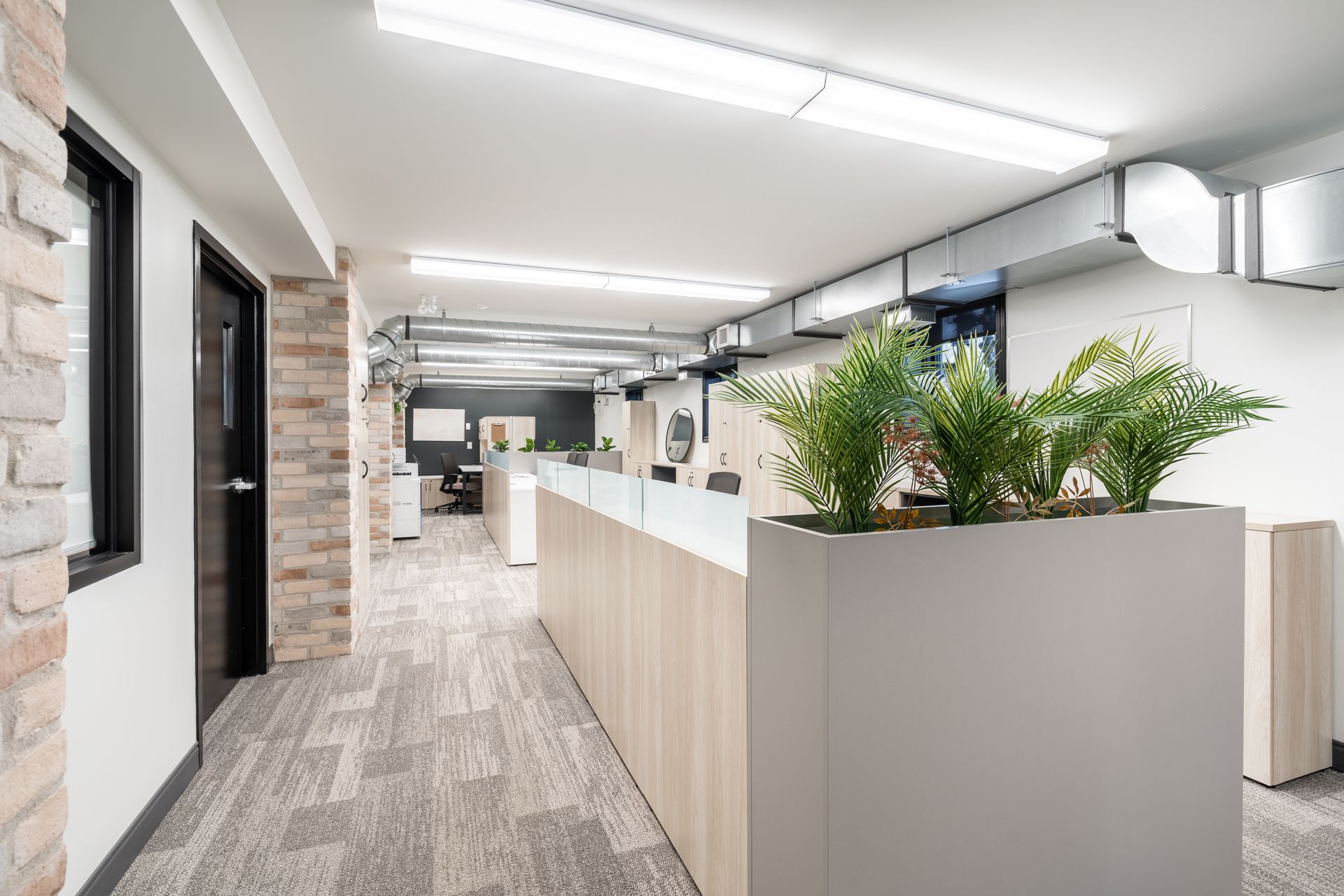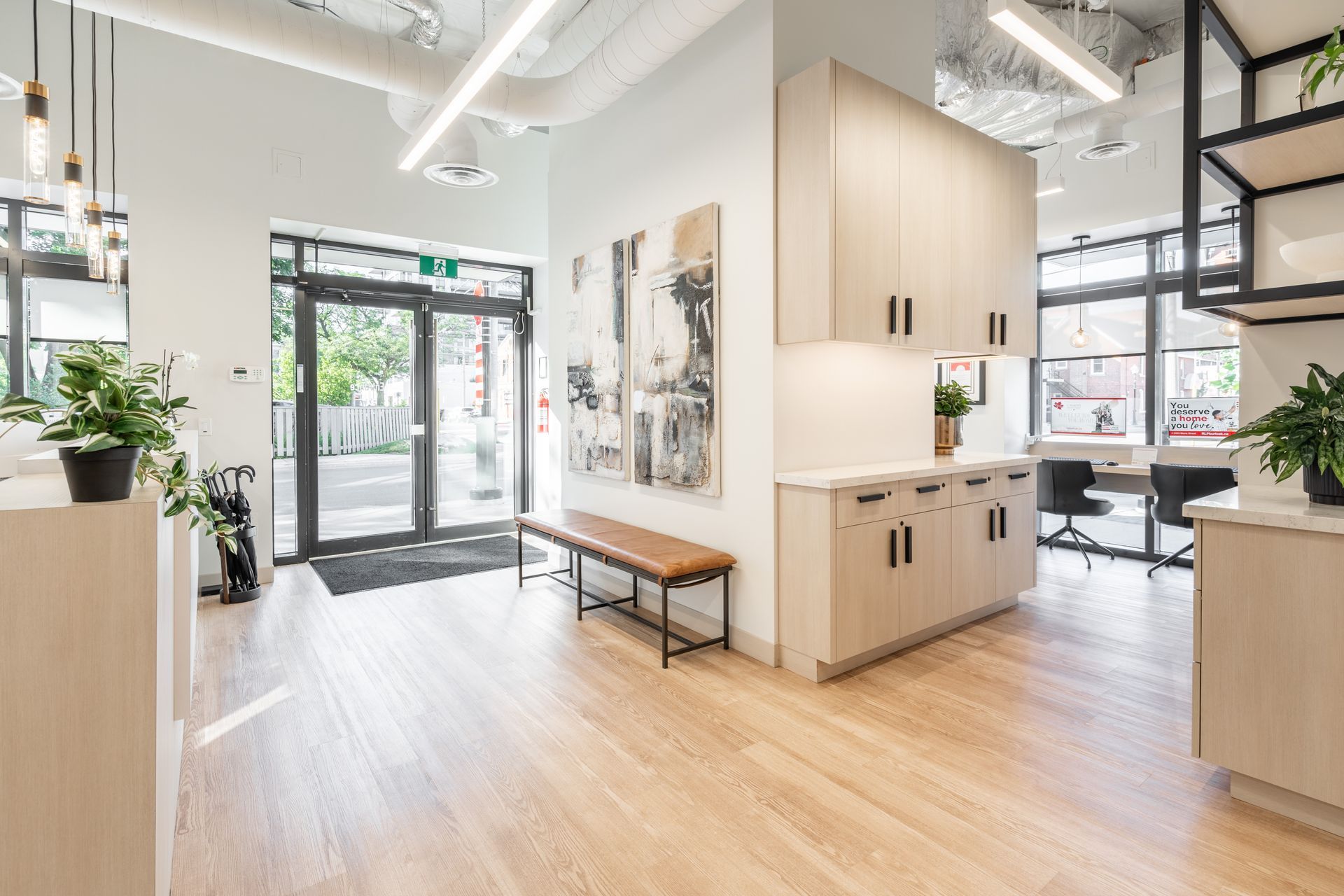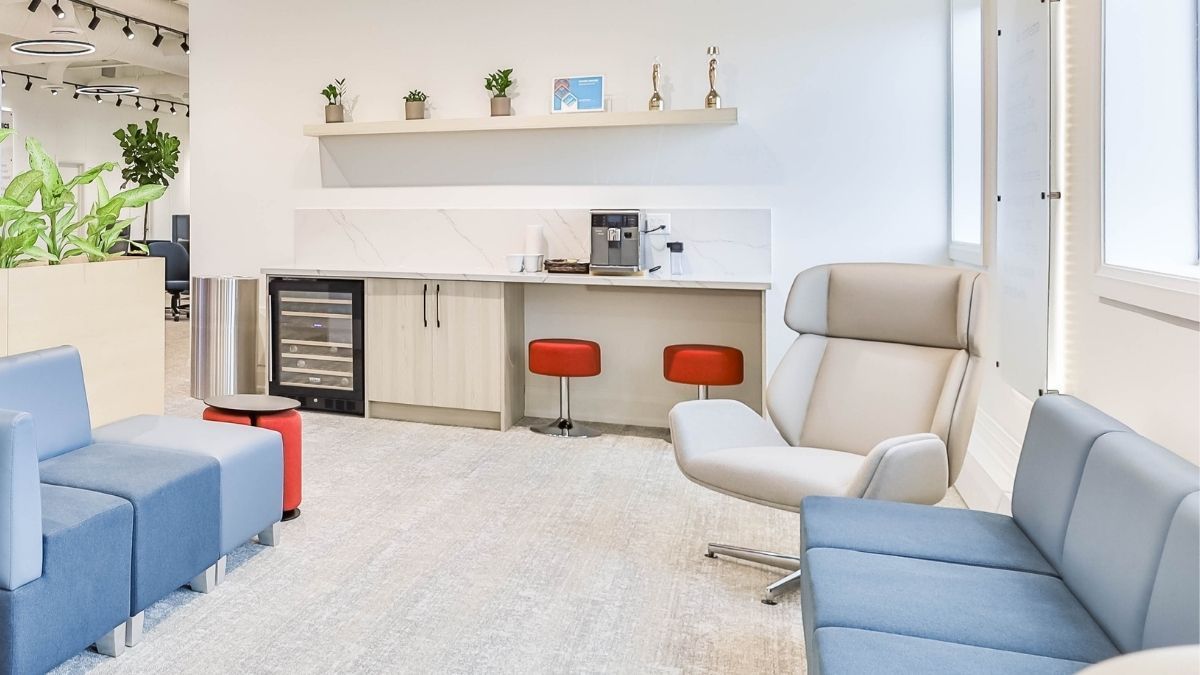3 Reasons to Consider Implementing a Work from Home Strategy
#1- Your Employees Want the Option. Due to the Covid-19 pandemic, we are in the middle of the largest “Work from Home,” experiment ever; and this change has presented an opportunity to really see whether working from home is all that is is cracked up to be. A recent survey conducted by Niche for design found that respondents greatly enjoyed the: convenience, flexibility, lack of commute, and freedom from distractions. In fact on average, workers gave themselves a rating of 7.8/10 on their: motivation, engagement and energy. This is considerably higher than is typically reported while in office. On the other end of the spectrum visual and acoustical distractions can be a problem both at home and at the office. Bottom line, options are great for engagement and a remote working arrangement is a major perk for many employees. According to Nicholas Bloom from the Harvard Business Review, “…evidence still suggests that with most jobs, a good rule of thumb is two days a week at home.”
#2- Opportunity to Better Utilize Physical Space. What we need out of a workspace has changed drastically in the past decade and is set to change even more in a post-pandemic world. Gone are the days of multiplying the number of staff by a number of standardized: cubicles, offices, or desks. Every business is unique and the functions that make the most sense to be executed in office are not “one size fits all”. We recommend considering a combination of: open working and collaborative areas, quiet zones for more private meetings and focused work, and social spaces that enable employees to connect when they are the office. Believe it or not; more and more businesses are opting to forgo dedicated workstations all together!
#3- Potential cost savings. From the perspective of your employees, a work from home policy means – often significant- savings on commuting costs; and that is a valuable perk that doesn’t cost you a thing! Additionally, by reworking your existing office space, you may be able to reduce your required square footage. Not sure what to do with the extra office space? If permitted by your landlord, you may be able to generate supplemental rental income, by demising your unit into rentable separate spaces. Alternately, sharing your space with another company can be also be a great way to reduce costs and invigorate your space with fresh energy!
So how should you begin with implementing a work from home policy? It is always best to consult your HR experts when implementing any new policy; but also be sure to ask your team about working from home. Understanding what works and what doesn’t both at home and at the office, will help to shape a strategy that really makes the most our of your space. We would also be happy to discuss the opportunities that a work from home strategy could present in your space.
Contact us today to chat about the possibilities- no fee, or obligation. Wishing you and your team; health and happiness and home and work!
Like this resource? Feel free to share...


